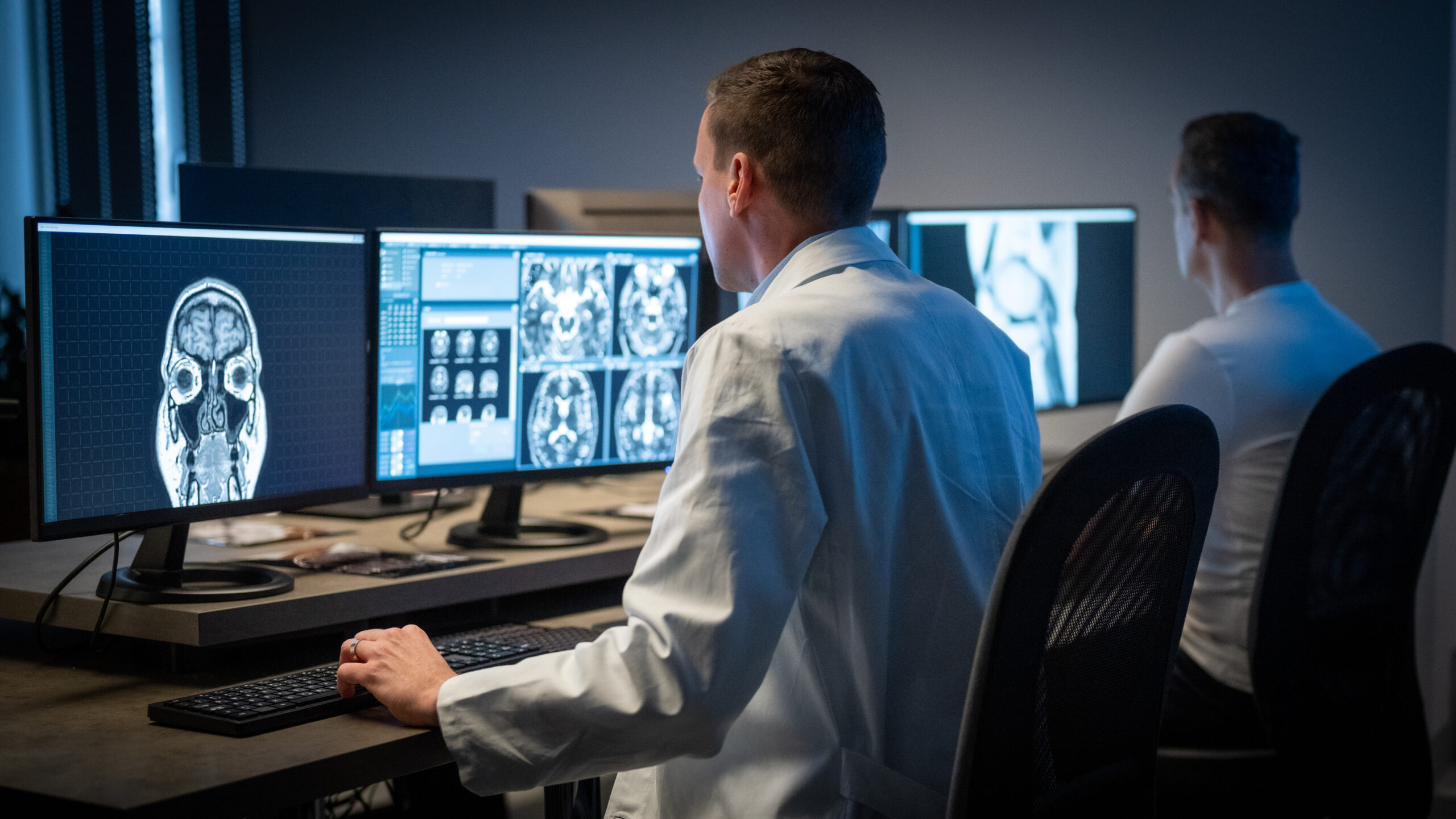Technology at the Forefront
Technological innovation continues to reshape the diagnostic medical imaging space, with remote MRI scanning emerging as a game-changer in the field. Hampered by the largest staffing shortage in decades, diagnostic imaging centers and hospitals are using this cutting edge technology to continue clinical operations without interruption to service.
Over the last three years, major players in radiology have adopted remote MRI scanning, initially spurred on by the COVID-19 pandemic and the subsequent exacerbation of the already existing staffing shortage that has exhausted the technologist workforce.

According to recent statistics, understaffing in radiology departments has led to a 25% increase in reporting delays and a startling 15% rise in misdiagnosis. Both of these statistics point to a decline in patient care and focus away from patient well-being. As we enter the next era of diagnostic imaging, the reliance on remote scanning will increase over time and will become a more popular tool in the radiology operations tool kit.
Currently, diagnostic imaging centers and hospital radiology departments alike are utilizing this technology to augment service hours, insure against staffing unreliability, and produce higher quality imaging, all while ensuring that the highest of patient care and safety standards are maintained.
Building Robust Clinical Support
As the staffing crisis continues to slow productivity in MRI across the United States, the need for qualified MRI personnel has never been in such demand. Over the last year, hiring and training of MRI Tech Aides (“MRTA”) personnel has spiked. The MRTA is a key ingredient in the successful deployment of remote MRI scanning, allowing MRI departments to unlock more efficient patient flow and management practices.

The MRI Tech Aide role is a vital staffing solution and is the “first line of defense” within an MRI department when it comes to conducting preliminary MRI safety screening, confirming MRI safety screening with a licensed MRI technologist, and positioning and landmarking patients. This “Great Bifurcation” in the roles and responsibilities of an on-site MRI Technologist into the component parts of technical operations and patient safety has resulted in a safer, productive, and cost–effective method to increase output, reduce schedule delays, and all but eliminate patient call-backs.
From the perspective of the diagnostic imaging network, training staff to be MRI Tech Aides does more than simply teach the core tenets of MRI safety and patient positioning and landmarking; finishing an MRI Tech Aide training program empowers those employees to advance their careers within the field of radiology, promoting retention and morale.
What We Think
We are on the precipice of a great shift in MRI imaging and the future of MRI scanning. With a focused approach based on safety, patient satisfaction, and image quality we believe that the future is very bright, with universal adoption of remote scanning being the inevitable outcome. It is also an interesting time to be an MRI Technologist. Skilled MRI Technologists are in high demand and the growth of remote MRI scanning will only perpetuate that increase in demand as more avenues are opening for MRI Technologists to apply their abilities in new and exciting ways.
Learn More about Alpha RT
Looking for help? Get in touch with us

